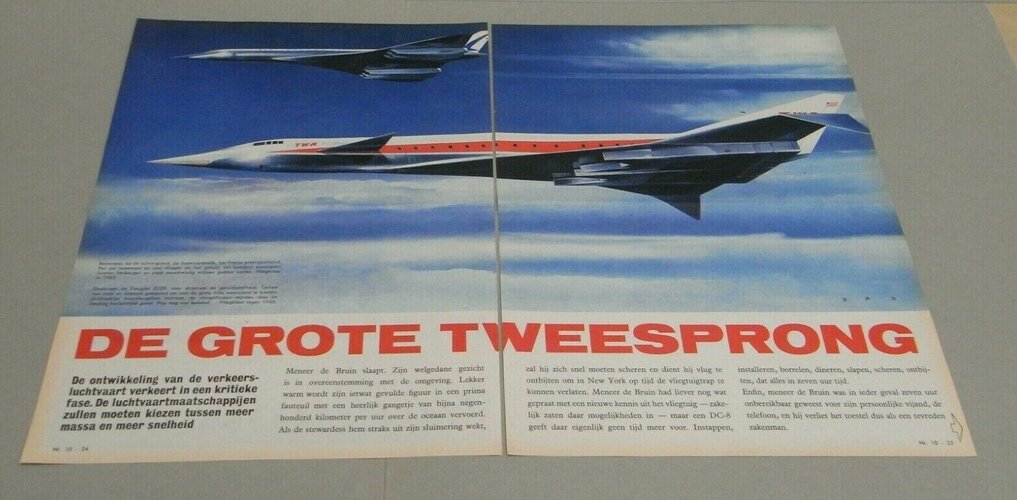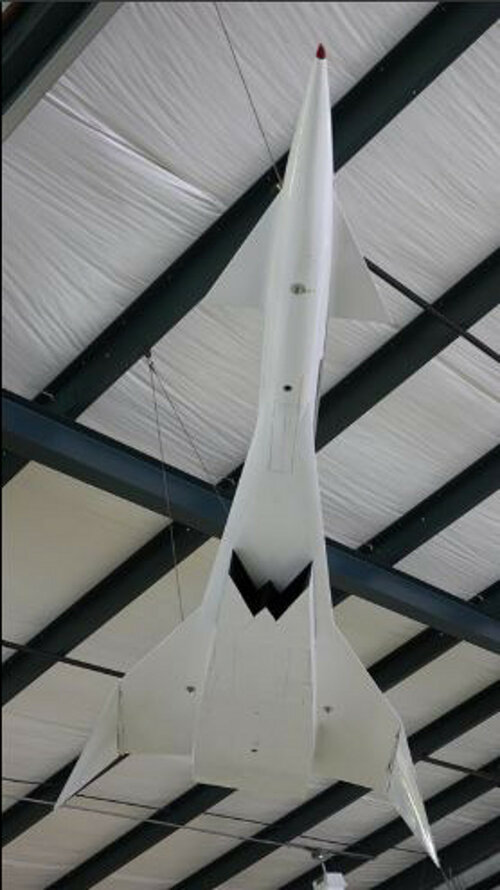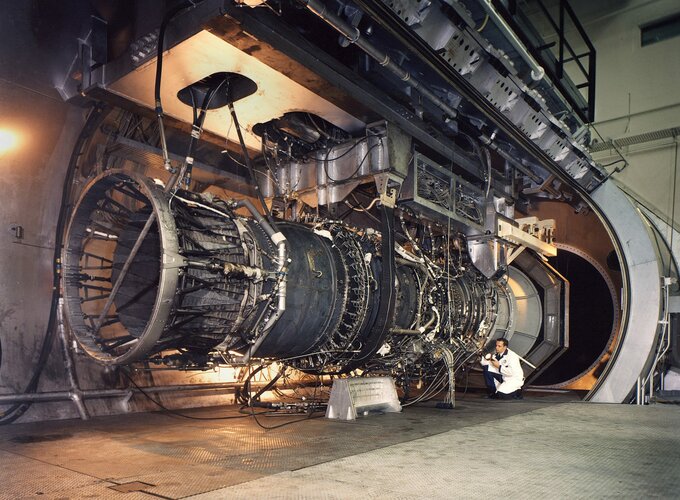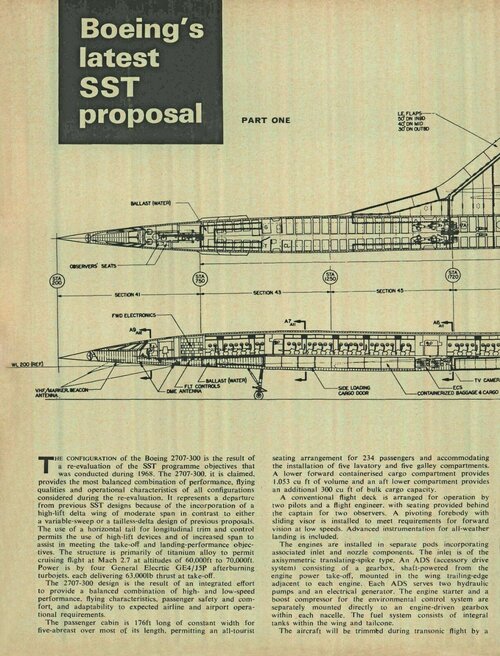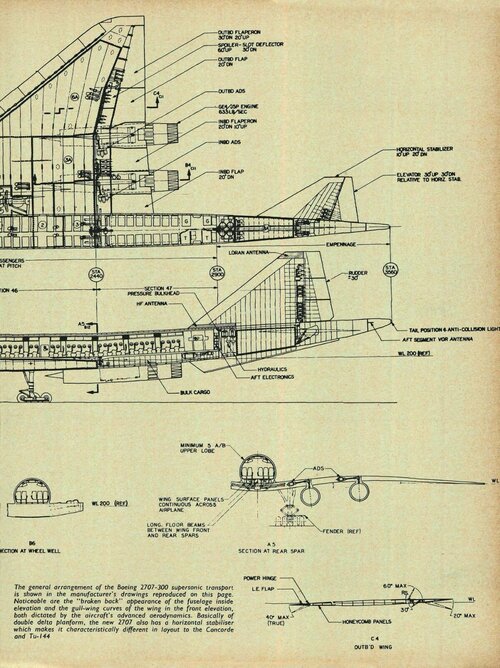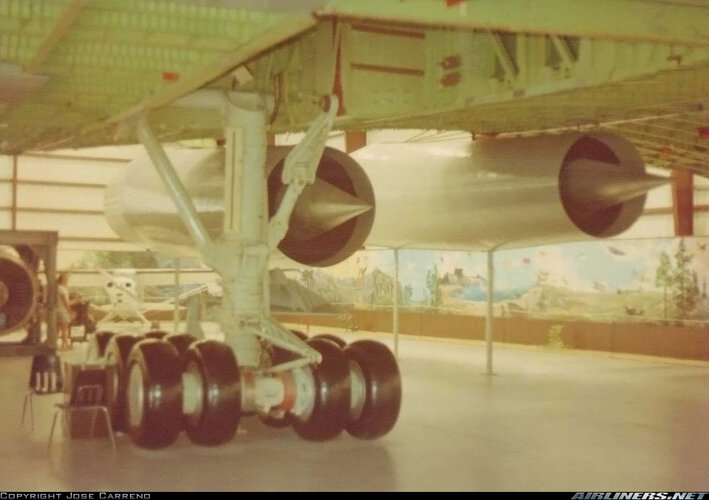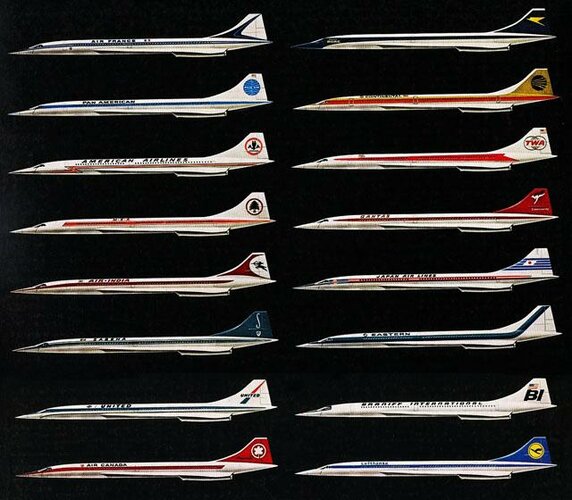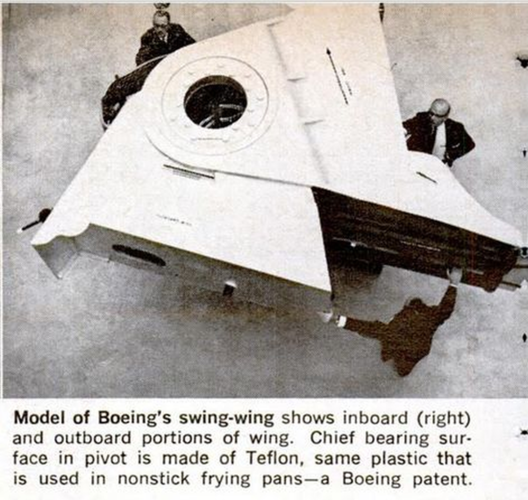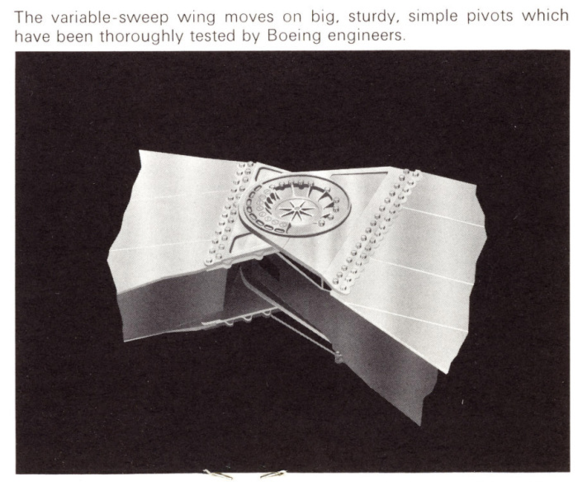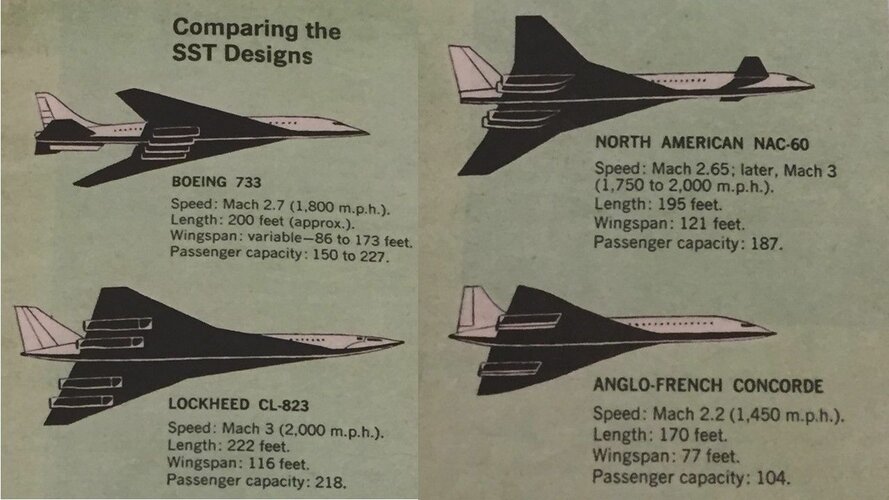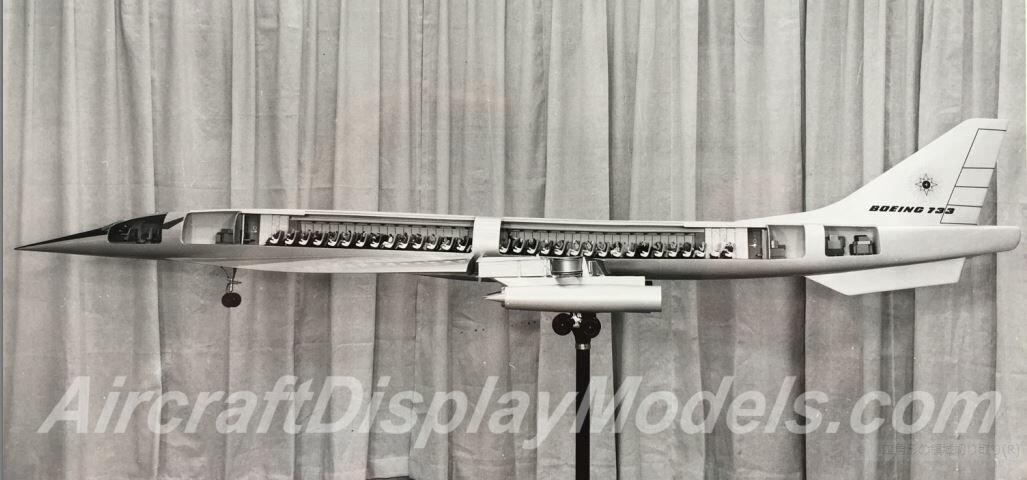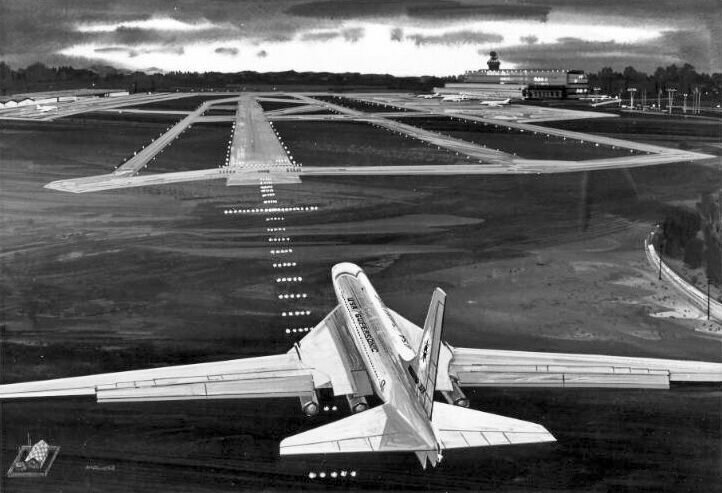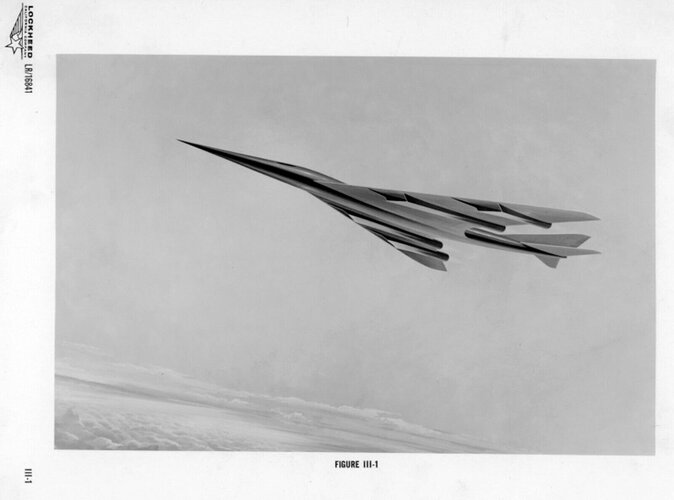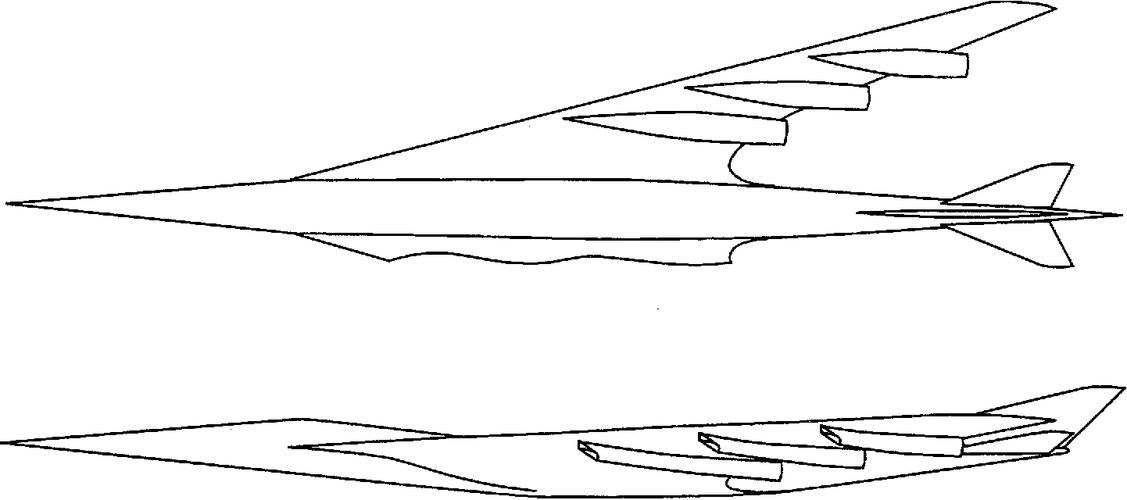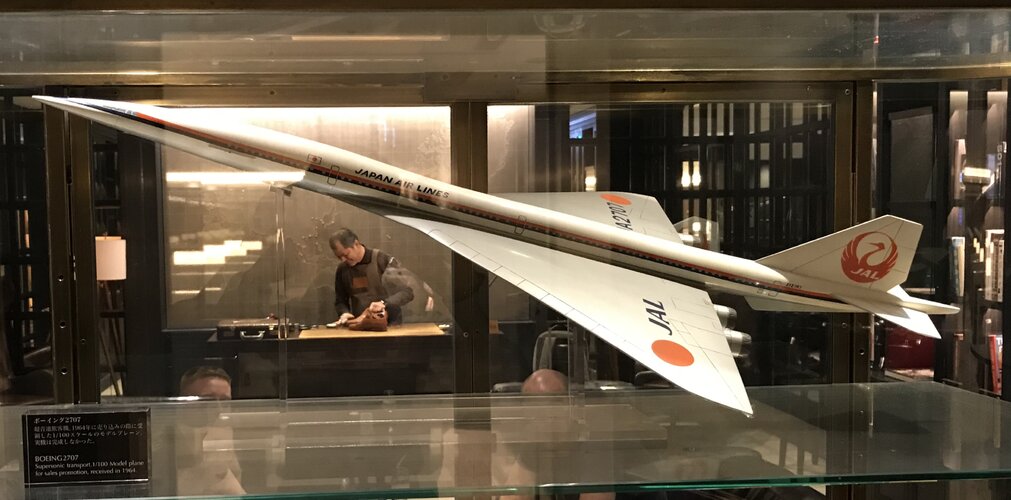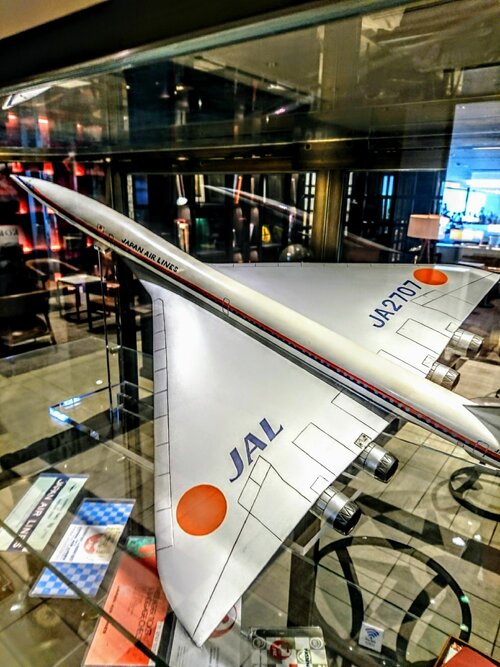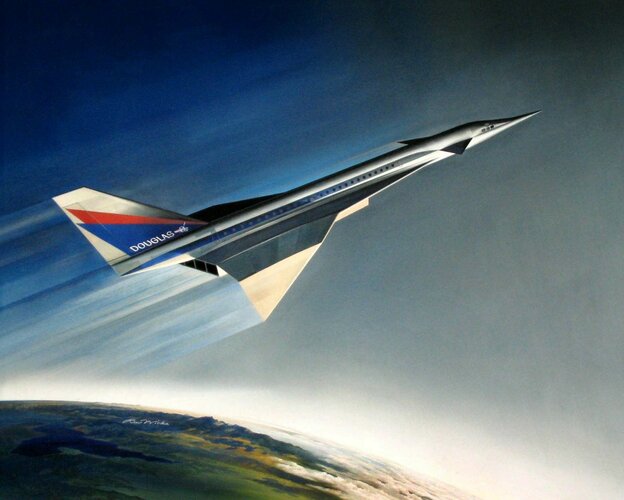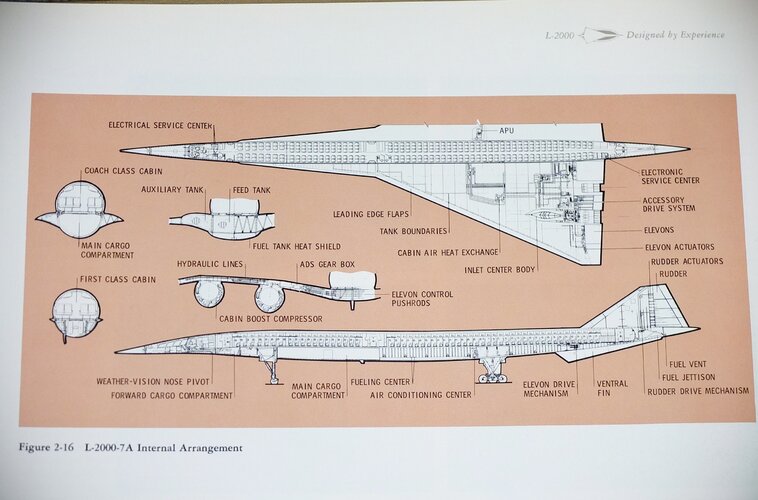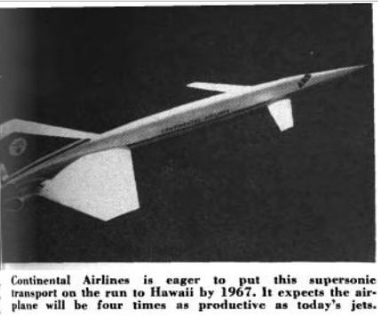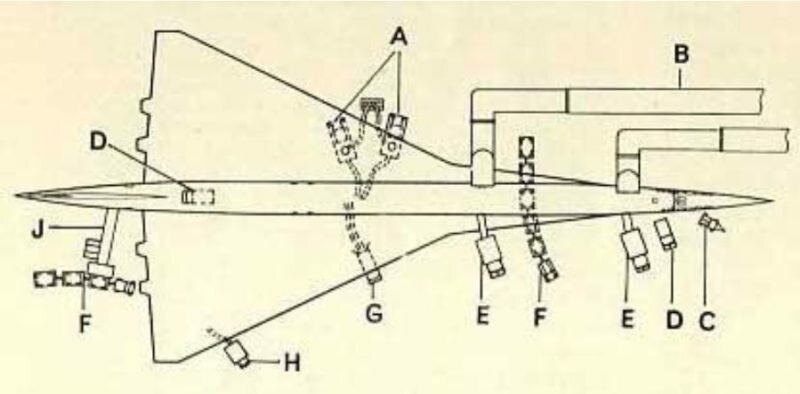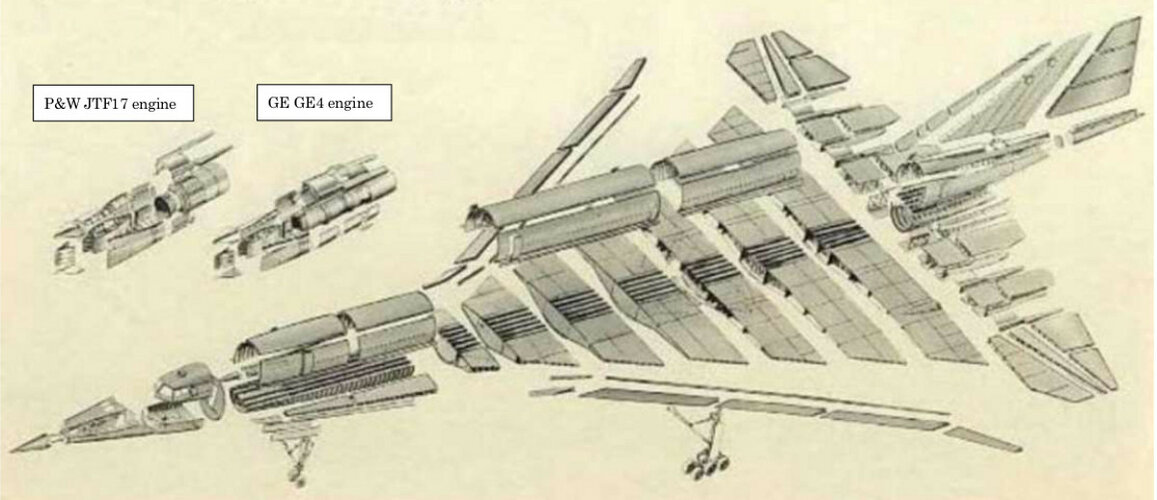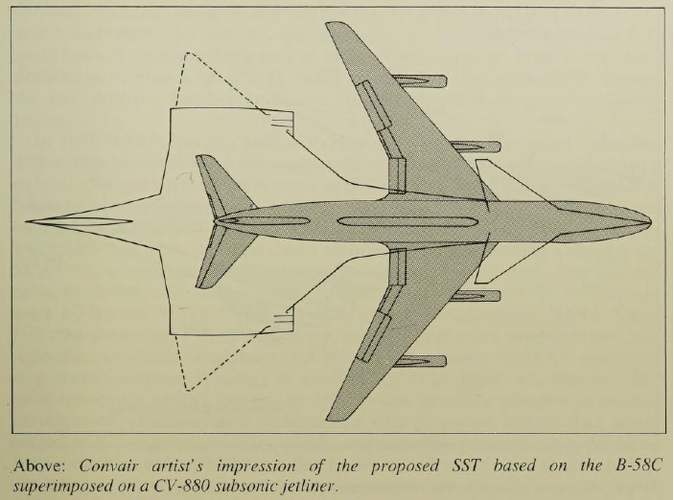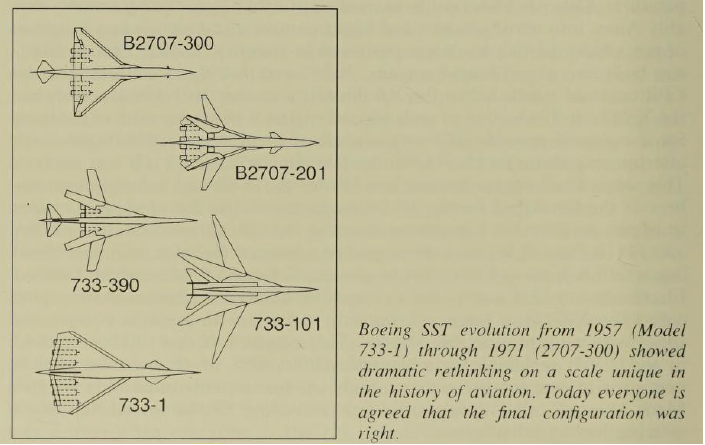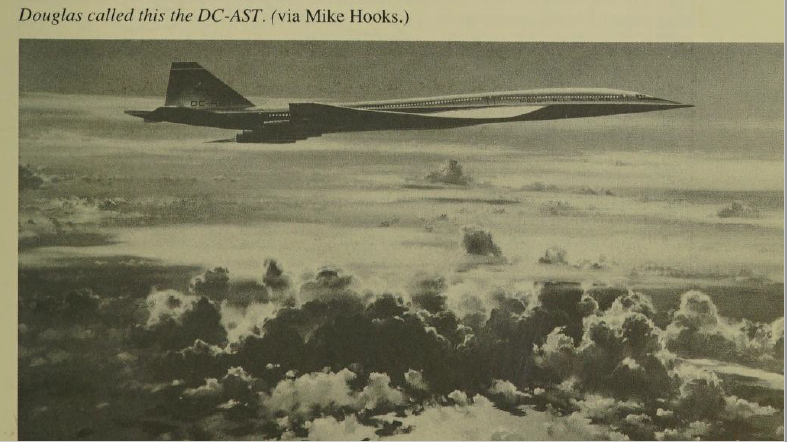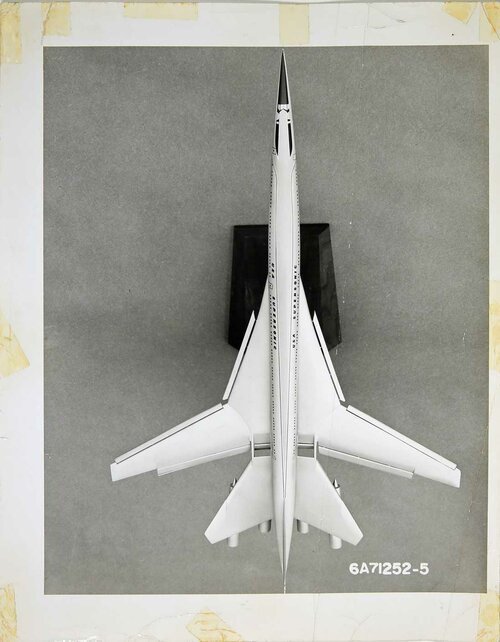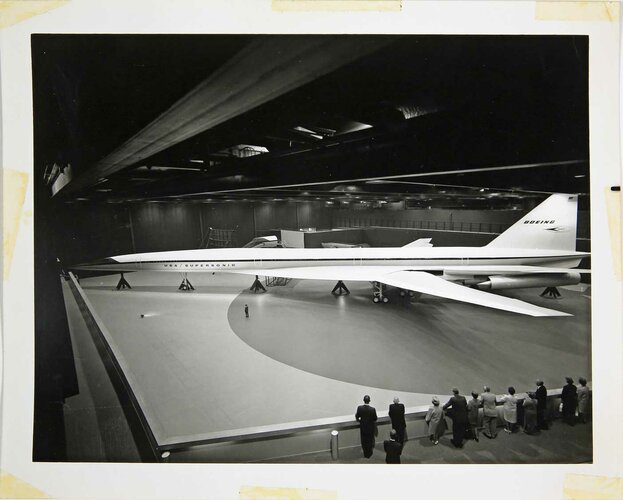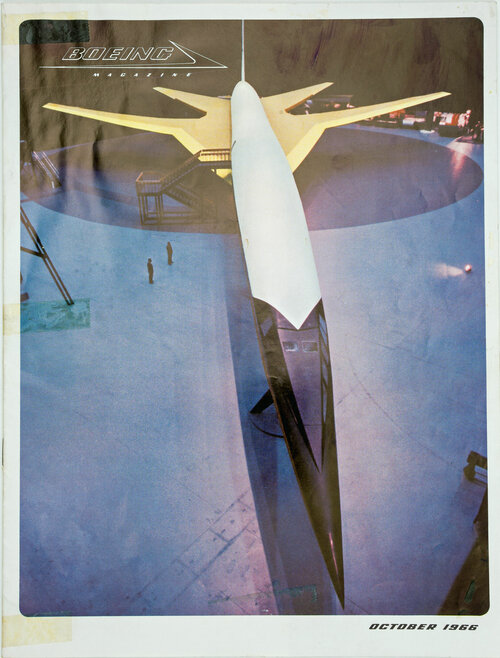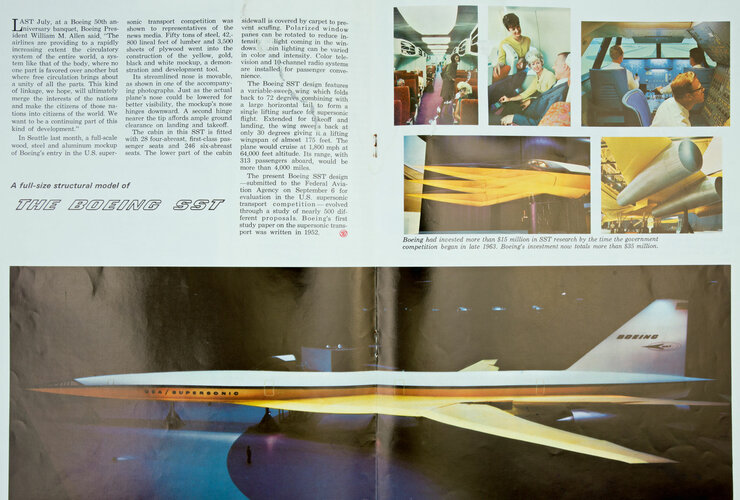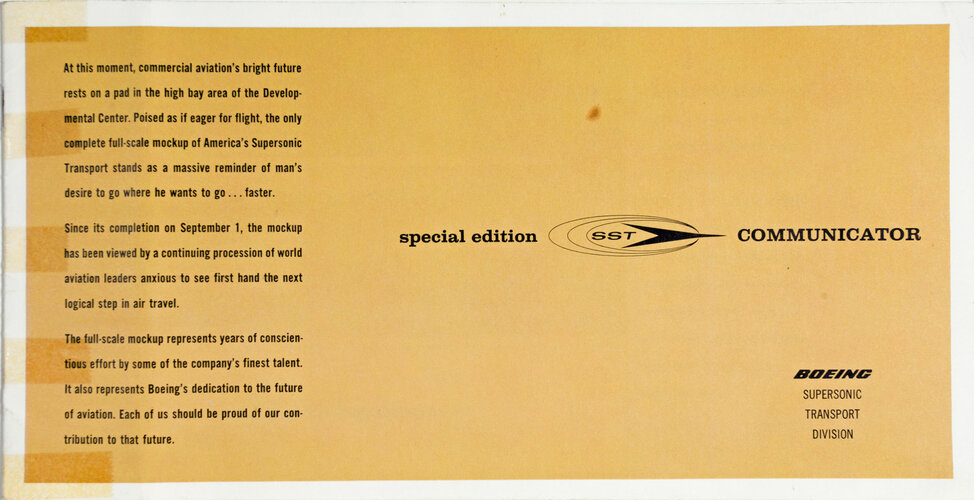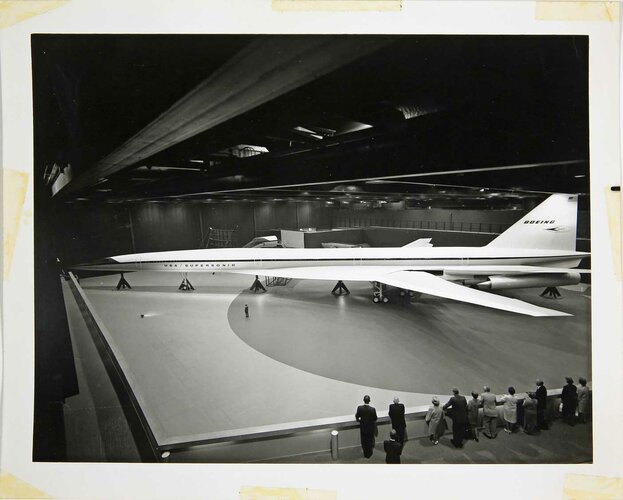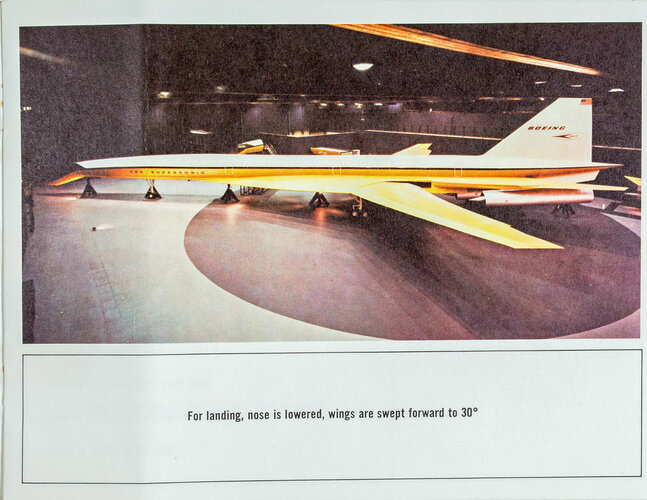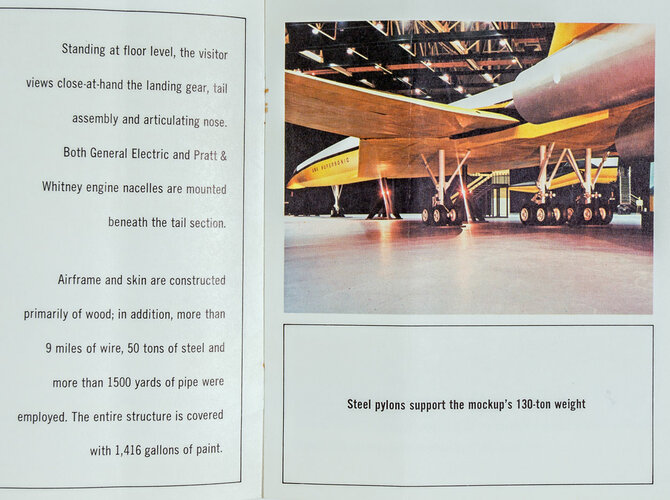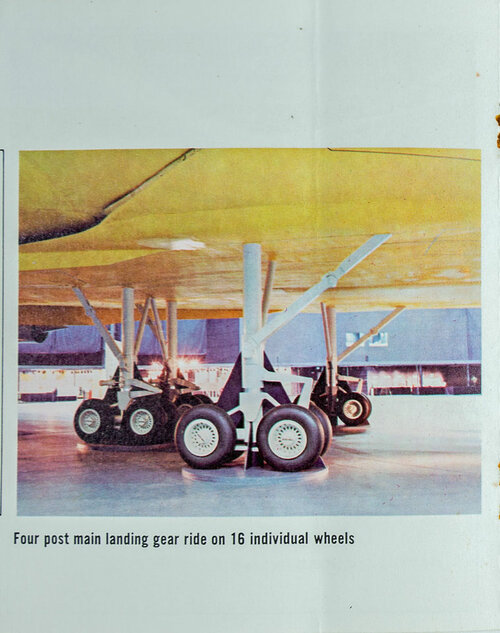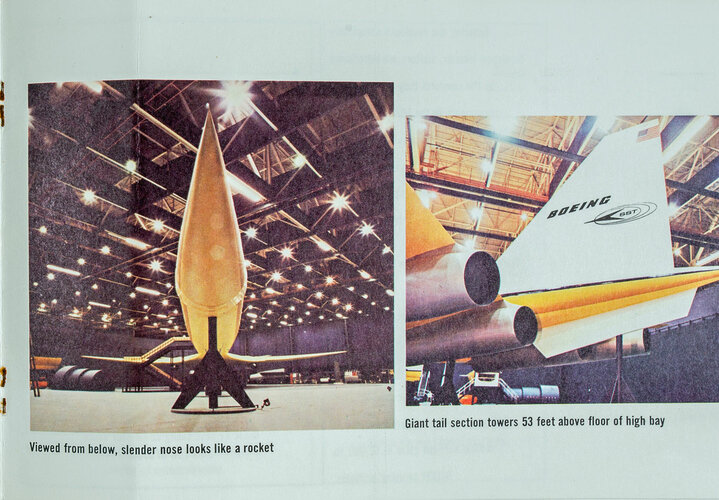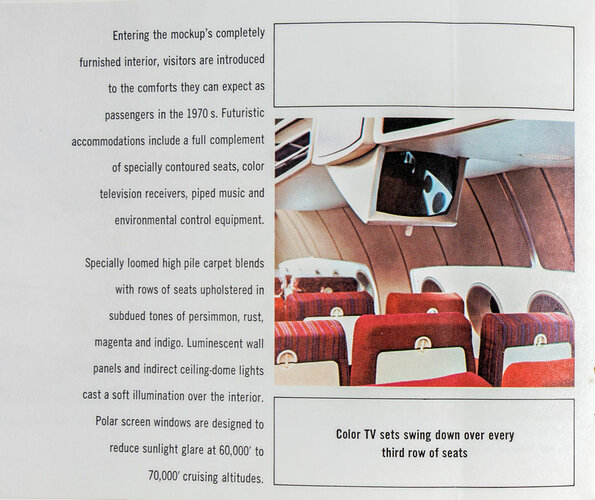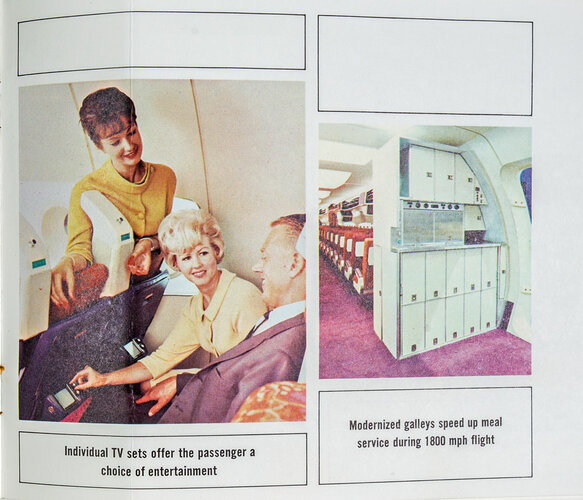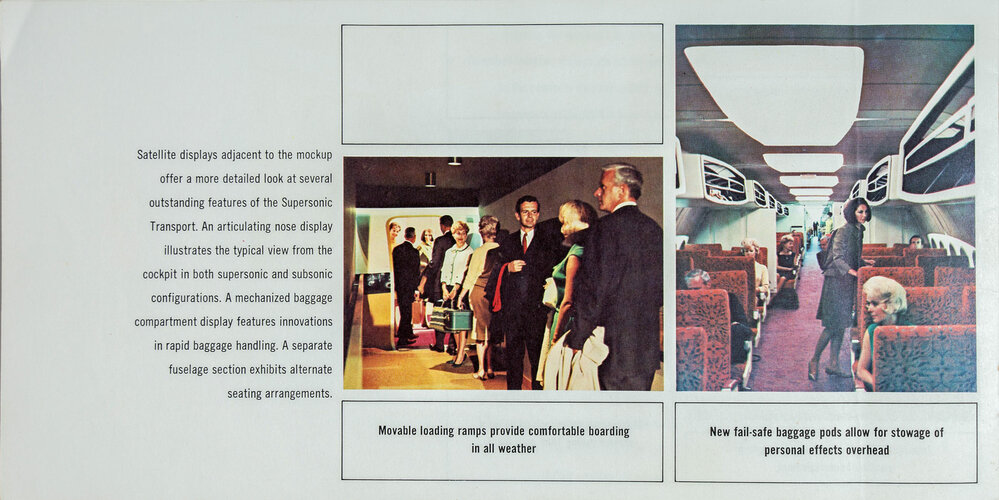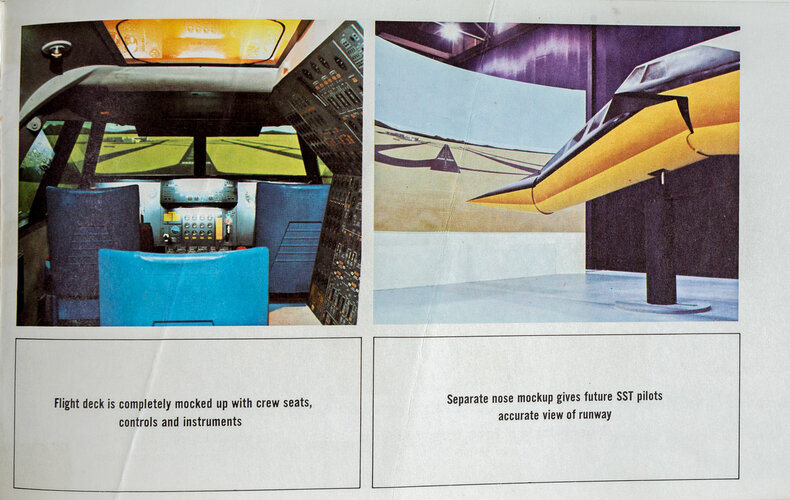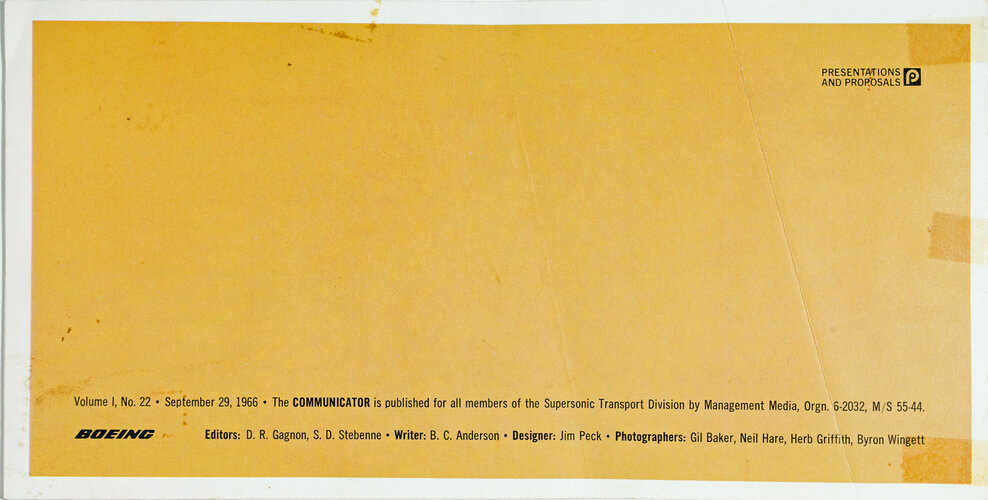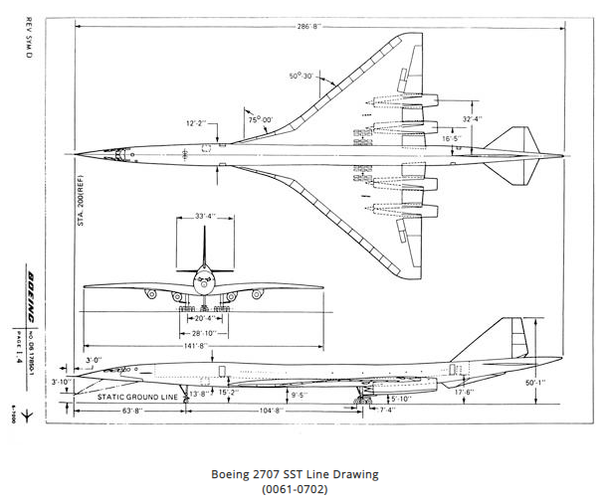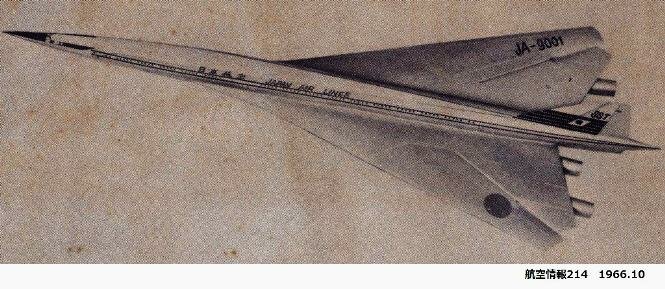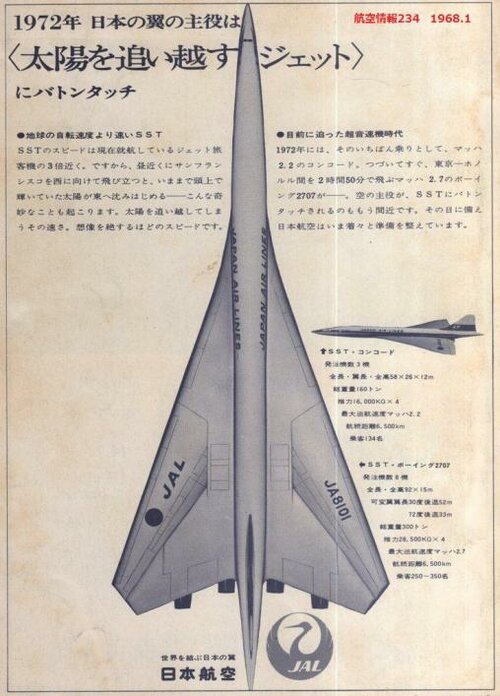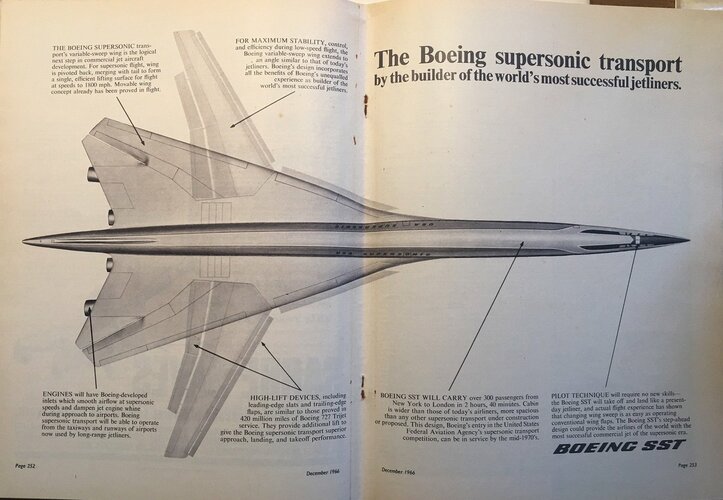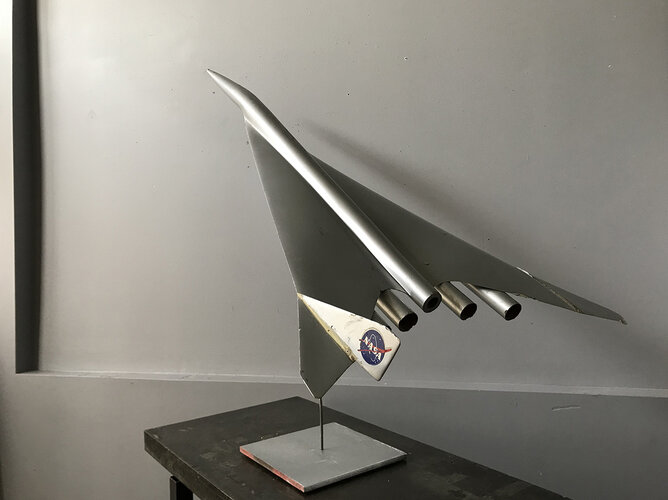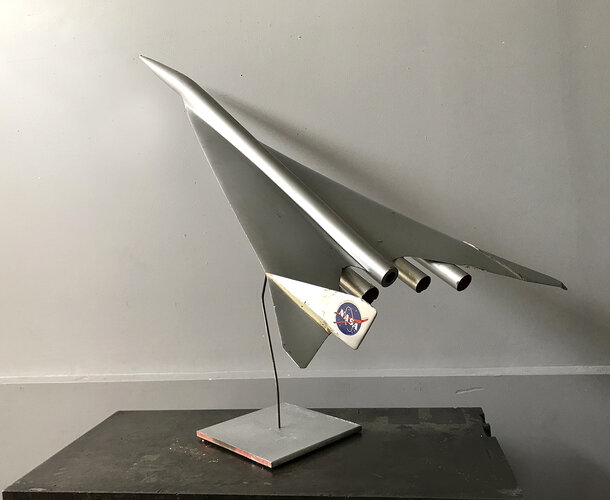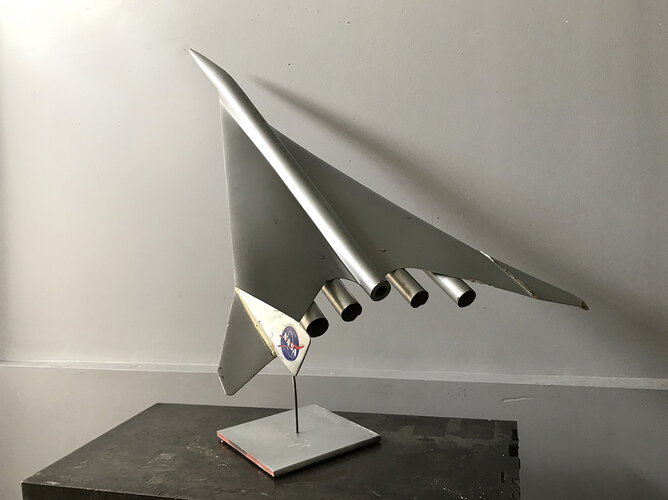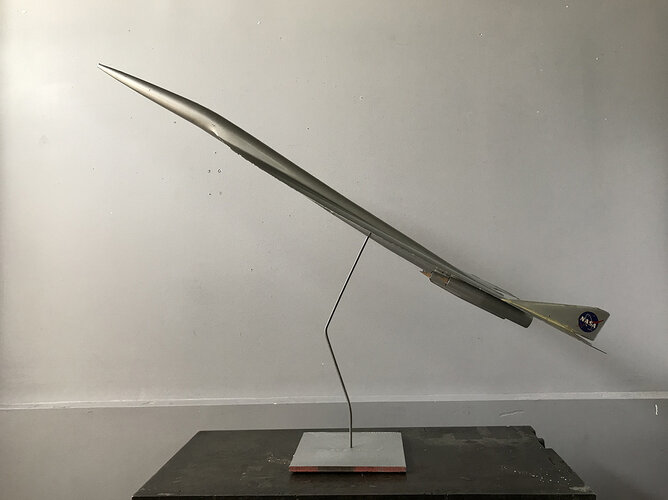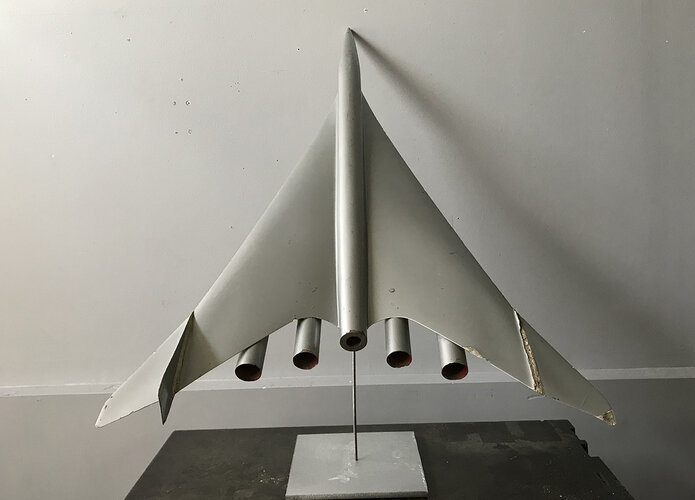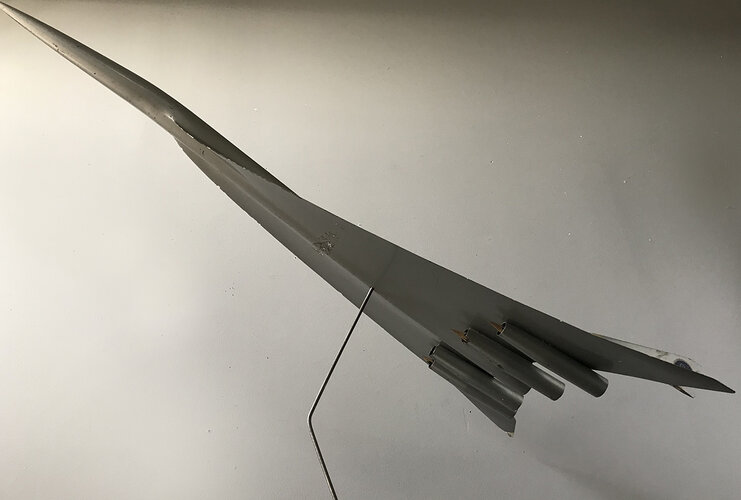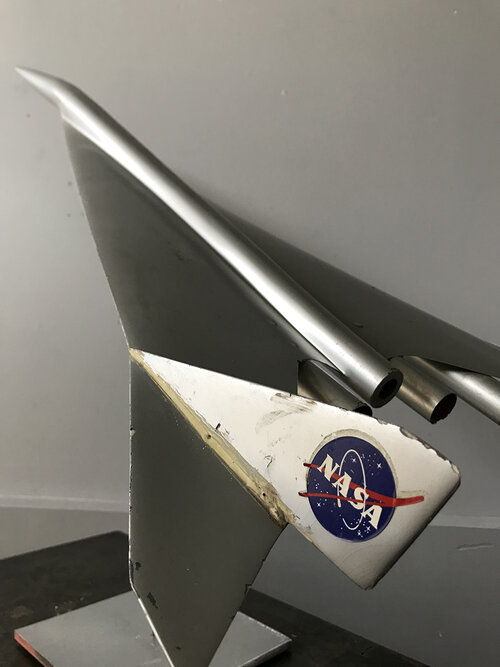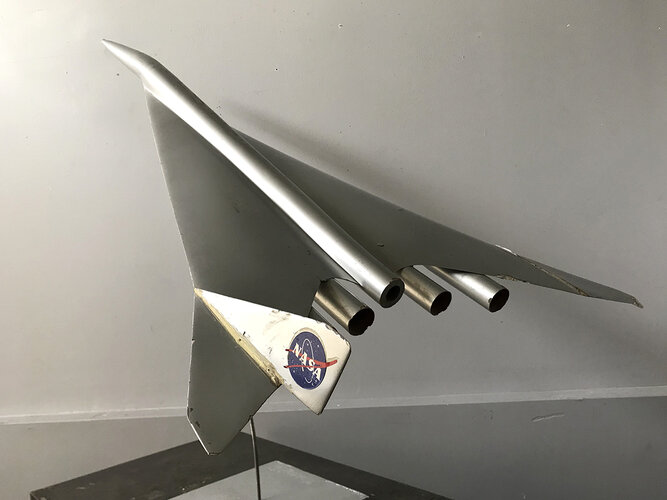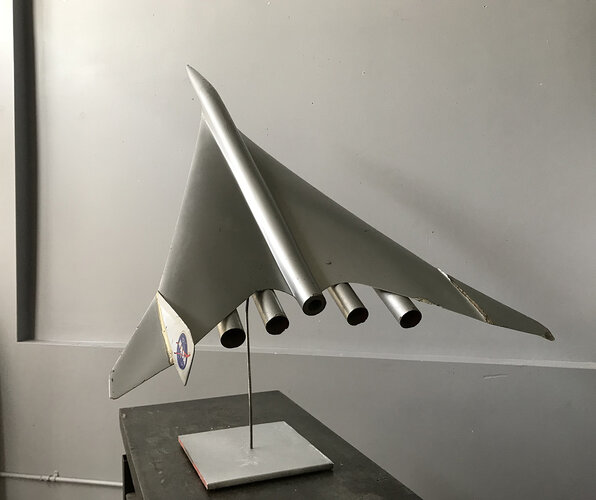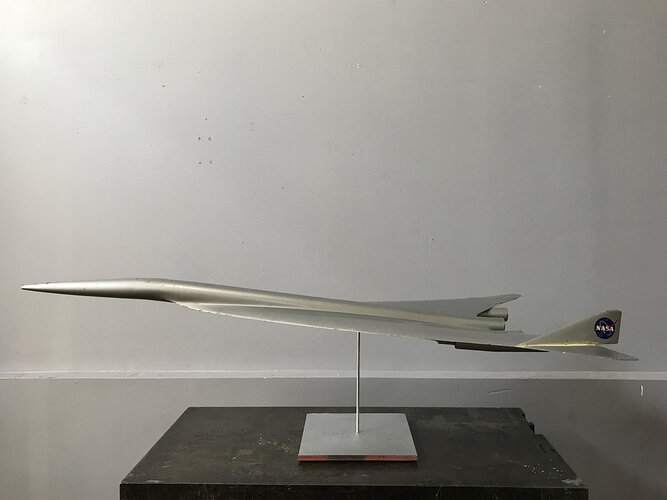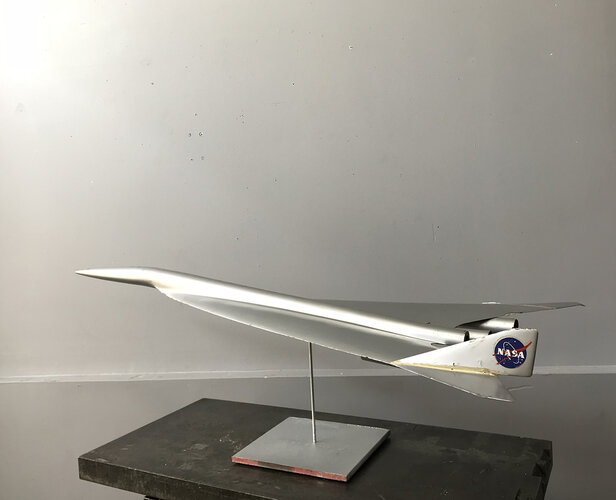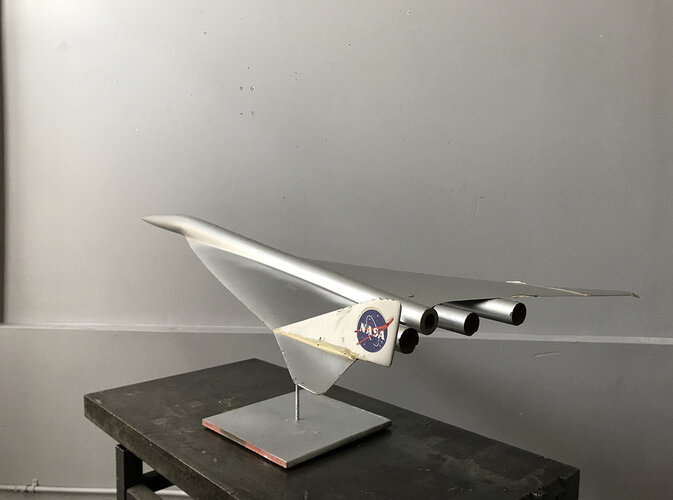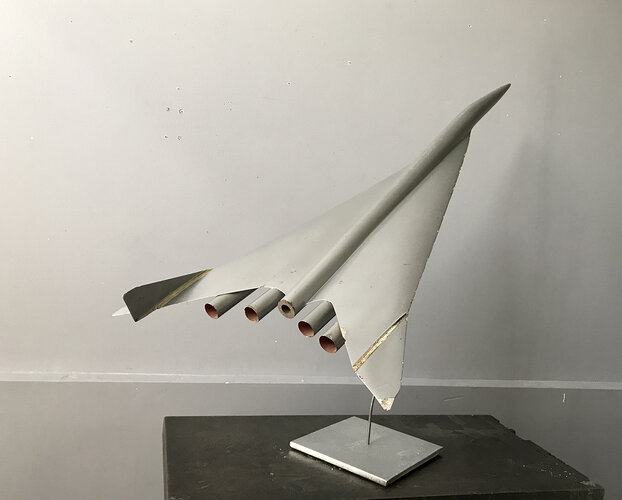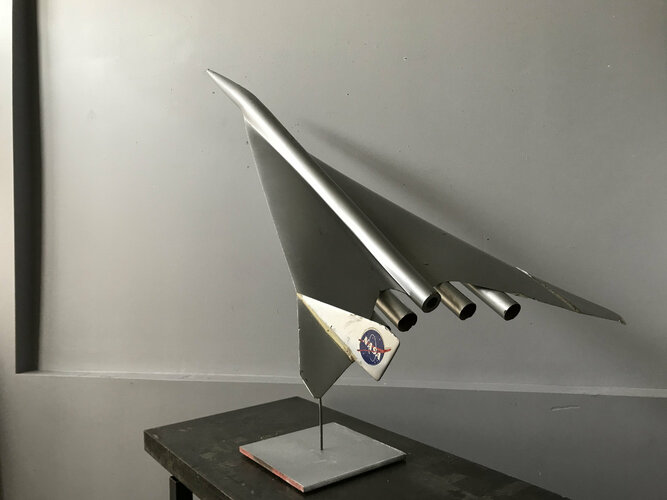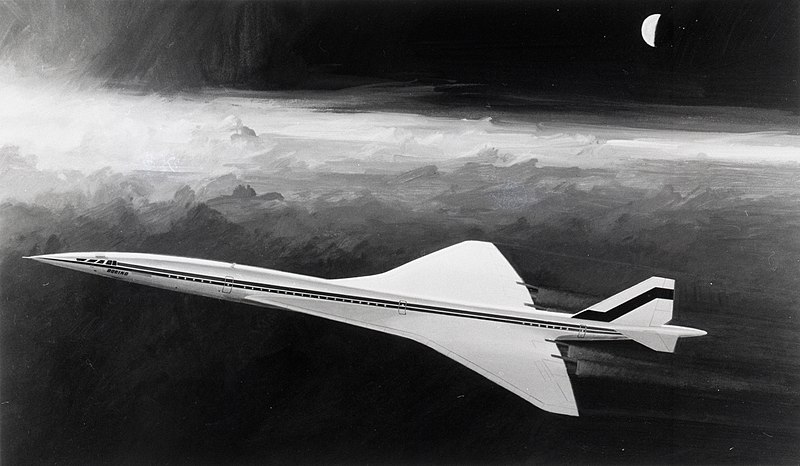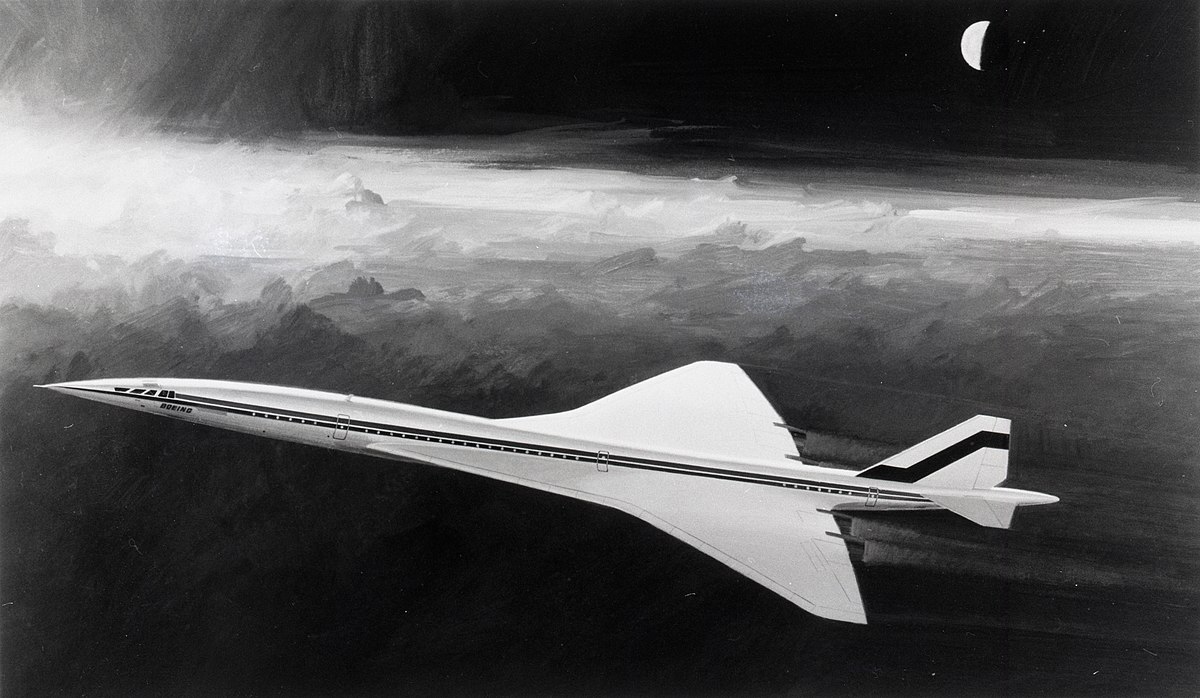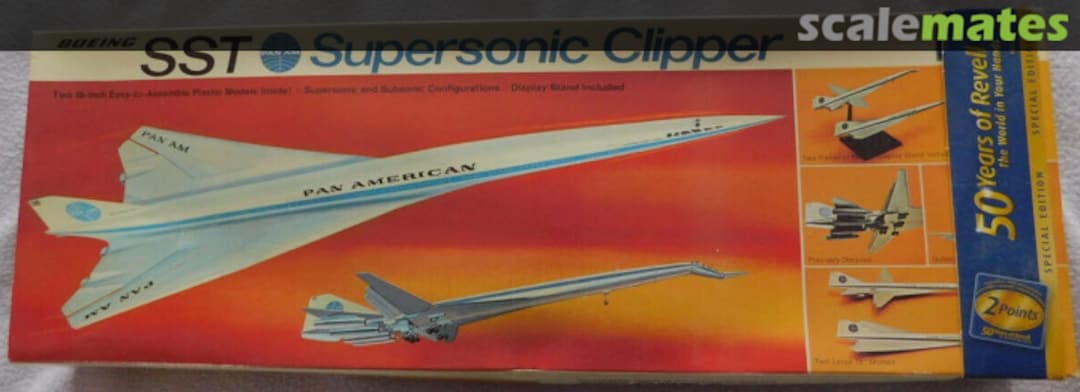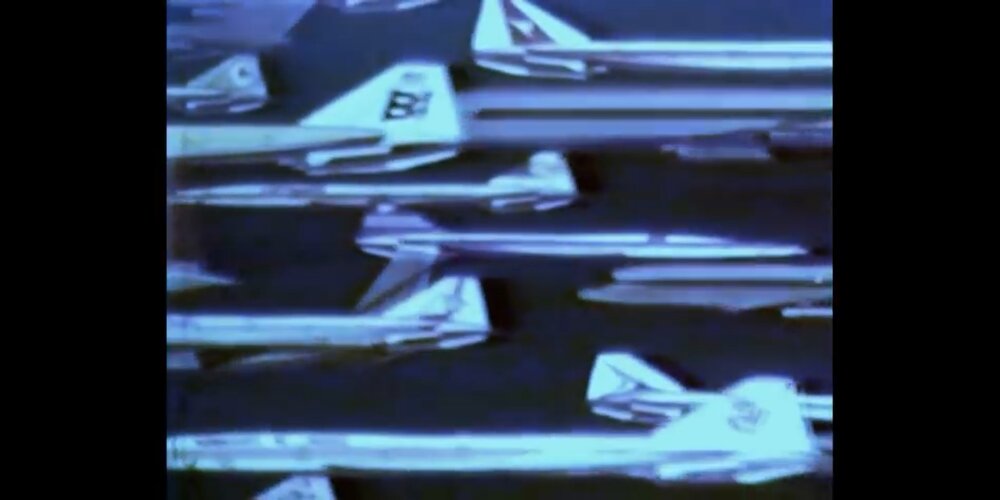Some creative accounting assuming SSTs would make more flights per day (due to being faster) and therefore make similar money to a subsonic airliner despite higher costs was probably never going to be correct - it would have needed roughly similar pricing, no stress-based impacts on airframe life from supersonic flight, and no additional maintenance costs, none of which seems especially likely.
I think that's rather an extreme position. An aircraft which is twice as productive can have half the life and still break even, because the airline is selling seat miles, not flying hours.
It can also burn more fuel, provided that this is offset by a corresponding cost reduction elsewhere (e.g. reduced crew costs due to higher productivity), or increased revenue (higher ticket prices).
You can't expect double the productivity from double the cruise MN, because of airspace, but there are big benefits to be had:
I found
BA's timetable from 1978-9. I have calculated scheduled ground speeds based upon
the great circle distance of 2,999 nmi.
If we look at LHR-JFK:
| Aircraft | Flight Number | Departure (UTC) | Arrival (UTC-5) | Arrival (UTC) | Gate to gate time | Great circle ground speed (knots) | Implied headwind |
| Concorde | BA173 | 0915 | 0800 | 1300 | 4:45 | 631 | 84.5 |
| 747 | BA175 | 1100 | 1335 | 1835 | 7:35 | 395 | 27.0 |
| Concorde | BA171 | 1115 | 1000 | 1500 | 4:45 | 631 | 84.5 |
| VC.10 | BA179 | 1800 | 2050 | 0150 | 7:50 | 382 | 28.5 |
JFK-LHR is on the opposite page:
| Aircraft | Flight Number | Departure (UTC-5) | Departure (UTC) | Arrival (UTC) | Gate to gate time | Great circle ground speed (knots) | Implied tailwind |
| VC.10 | BA178 | 0930 | 1430 | 2120 | 6:50 | 439 | 28.5 |
| Concorde | BA172 | 1000 | 1500 | 1845 | 3:45 | 800 | 84.5 |
| Concorde | BA170 | 1215 | 1715 | 2100 | 3:45 | 800 | 84.5 |
| 747 | BA176 | 2200 | 0300 | 0940 (next day) | 6:40 | 449 | 27.0 |
I have calculated the implied wind as being half the speed difference between the directions. It isn't obvious why Concorde's schedule appears to be based on double the assumed wind of the subsonic jets
In any case, Concorde is about 78% faster that the 747 flying West to East, and about 60% faster flying East to West.
Of course, in 1978, the expectation was that pax would check in an hour before departure (45 minutes at LHR for 1st class & Concorde), because the security theatre was less elaborate. Check-in delay reduces the door-to-door advantage somewhat, but 3 hours is still 3 hours, and this is an advantage for which people were, and are, prepared to pay a premium, especially for business travel (I suppose that some Americans might also be prepared to pay a premium for pleasure travel as well, given their limited holiday allowances).
The big productivity question is whether you can get an extra sector per day out of the crew. I don't know what Concorde's turnaround time was, so it's hard to comment with authority, but it looks pretty marginal. If we imagine BA173 turning around and becoming BA172 on the return journey, they would push back at 0915 and park up at 2100, which is already almost a 12 hour day, before we consider whatever briefing & pre-flight would be needed before the first flight of the day.
OTOH, flight time limitations were probably less restrictive in the 1970s.
My suspicion, however, is that a higher cruise MN would have been needed to make this work comfortably, which is perhaps why Concorde's original target was 2.2, and the Americans wanted 2.7.
The big problem with aircraft productivity is that you can only make an integer number of flights per duty period, and the real benefits only arise when you can get an extra sector in. I suppose this may have motivated the codeshare with Braniff to fly between New York & Washington DC.

